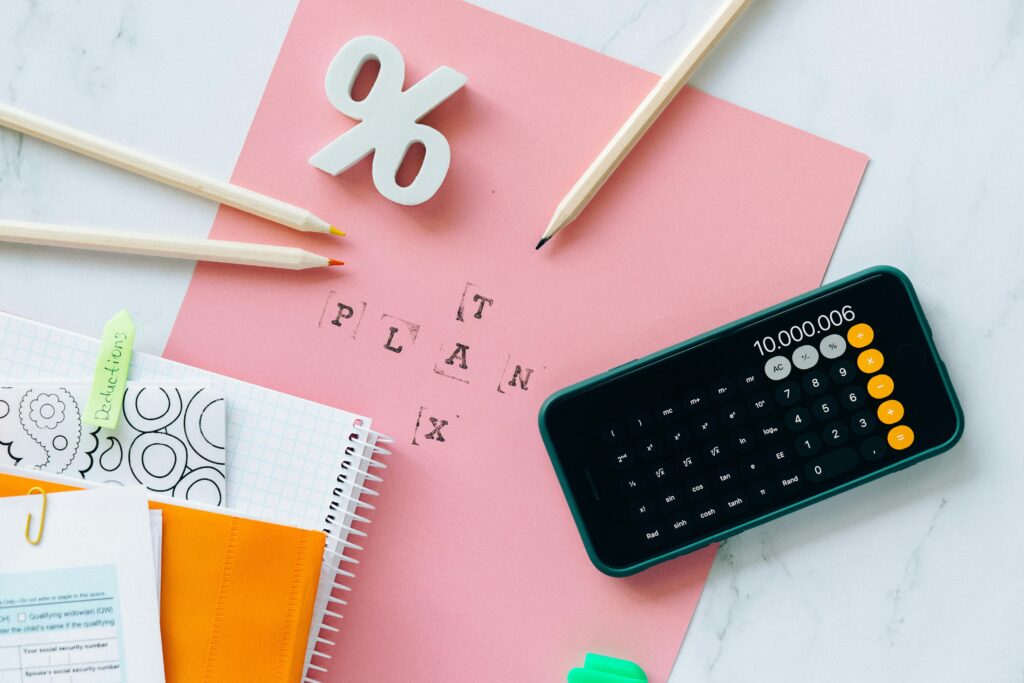Ever tried timing your study sessions while juggling math equations on a watch calculator? Yeah, me too. It’s like trying to pat your head and rub your stomach while riding a unicycle.
But what if I told you there’s a smarter way? A way to integrate a study timer directly into your trusty watch calculator? Sounds absurdly futuristic, right? Stick around, and we’ll break it all down—why it matters, how to make it work for you, and some brutally honest advice (because not everything works as advertised).
Table of Contents:
Key Takeaways:
- A well-integrated study timer can boost productivity by up to 30%.
- Watch calculators are evolving beyond basic number crunching.
- Customization is key; one size does not fit all when it comes to tech tools.
- Poor setup can lead to frustration, so tread carefully!
What’s Wrong with Study Timers Right Now?
Let’s face it. Managing study time feels like playing whack-a-mole sometimes. Between Pomodoro apps, analog timers, and random notifications popping up everywhere, staying focused is nearly impossible.

Here’s my confession: I once used an egg timer from the kitchen next to my watch calculator. Spoiler alert: Not only did I run out of eggs mid-session, but I also lost track of time completely. Epic fail!
The problem lies in disconnected tools. Why shuffle between multiple devices or apps when your watch calculator could handle everything seamlessly?
Steps to Perfect Study Timer Integration in Your Watch Calculator
Step 1: Choose Compatible Hardware
“Optimist You:” Finds the perfect watch calculator model that supports custom software.
“Grumpy You:” Ugh, fine—but only after reading reviews and comparing specs.
- Check compatibility lists provided by manufacturers.
- Prioritize models that allow third-party app integrations.
Step 2: Download Productivity-Focused Apps
Not every app will work wonders. Stick to ones specifically designed for study purposes.
- Search for apps labeled “focus enhancing” or “time management.”
- Test different intervals (Pomodoro vs. Ultradian rhythms) to find your sweet spot.
Step 3: Customize Notifications Wisely
Too many beeps and buzzes = instant distraction overload. Set limits early on.
- Turn off non-essential alerts entirely.
- Use vibrating mode instead of loud pings for gentle nudges.
Pro Tips & Best Practices
- Start small. Integrate just one feature at a time to avoid overwhelm.
- Sync across devices. If your watch connects via Bluetooth to your phone, leverage this pairing for backup data storage.
- Go analog where possible. Sometimes old-school buttons beat touchscreens.
Real-World Success Stories
Meet Sarah, a college sophomore who struggled with ADHD-induced procrastination. She hacked her Casio watch calculator by integrating a simple countdown timer. Result? Her GPA jumped half a letter grade within two semesters.

FAQs About Study Timer Integration
Can Any Watch Calculator Support a Study Timer?
Nope. Make sure yours has firmware capable of running additional programs.
Is It Worth Investing in Premium Apps?
If they sync easily and offer customization options, absolutely. Otherwise, stick to free trials until you’re sure.
What’s the Terrible Tip No One Talks About?
Trying to DIY code without experience. Leave advanced tweaks to the pros unless you’re ready to spend countless hours debugging errors.
Rant Corner: My Obsession with Inferior Tools
Why do companies keep selling us flashy gadgets that lack even basic functionality? Enough with the gimmicks already! Give us tools that actually help streamline our lives instead of creating more chaos.
Conclusion
Incorporating a study timer into your watch calculator isn’t rocket science—if done correctly. Identify your needs, invest wisely, and stay consistent. Over time, these tiny adjustments add up to massive gains in productivity.
And now, because nostalgia never goes out of style:
Tick-tock, beats the clock,
Study smart, no need to mock,
Focus sharp, don’t stop.


